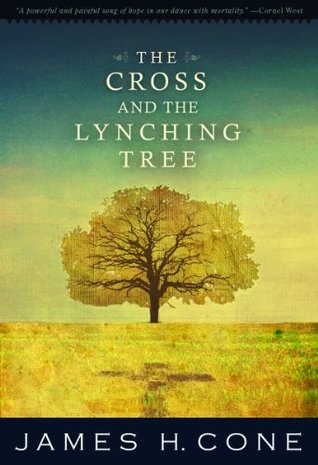Only artists and writers wrestled with the deep religious meaning of the “strange fruit” that littered the American landscape. In the land of “the United States of Lyncherdom”[5] (to use Mark Twain’s provocative and apt phrase), a land whose religious discourse was defined by the one who was “put . . . to death by hanging him on a tree” (Acts 10:39), black writers, novelists, visual artists, and poets, like Countee Cullen of the Harlem Renaissance, with their feet grounded in the “tragic beauty” of the black experience, saw the liberating power of the “Black Christ” for suffering black people.
...more
Welcome back. Just a moment while we sign you in to your Goodreads account.


